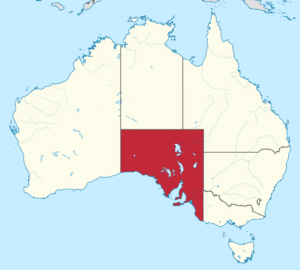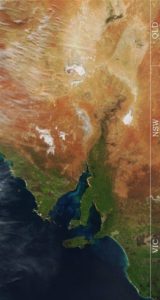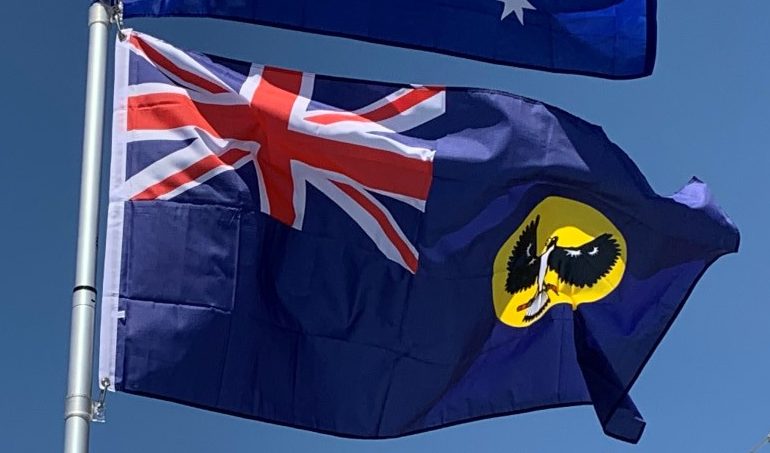Introduction:
South Australia is a state in the southern central part of Australia. It covers some of the most arid parts of the country. With a total land area of 379,725 square miles, it is the fourth-largest of Australia’s states and territories by area, and fifth largest by population. It has a total of 1.7 million people, and its population is the second most highly centralized in Australia, after Western Australia, with more than 77 percent of South Australians living in the capital, Adelaide, or its environs. Other population centers in the state are relatively small; Mount Gambier, the second largest center, has a population of 28,684.

South Australia shares borders with all of the other mainland states, and with the Northern Territory; it is bordered to the west by Western Australia, to the north by the Northern Territory, to the north-east by Queensland, to the east by New South Wales, to the south-east by Victoria, and to the south by the Great Australian Bight. The state comprises less than 8 percent of the Australian population and ranks fifth in population among the six states and two territories. The majority of its people reside in greater Metropolitan Adelaide. Most of the remainder are settled in fertile areas along the south-eastern coast and River Murray. The state’s colonial origins are unique in Australia as a freely settled, planned British province, rather than as a convict settlement. Colonial government commenced on 28 December 1836, when the members of the council were sworn in near the Old Gum Tree.

As with the rest of the continent, the region had been long occupied by Aboriginal peoples, who were organised into numerous tribes and languages. The South Australian Company established a temporary settlement at Kingscote, Kangaroo Island, on 26 July 1836, five months before Adelaide was founded. The guiding principle behind settlement was that of systematic colonization, a theory espoused by Edward Gibbon Wakefield that was later employed by the New Zealand Company. The goal was to establish the province as a center of civilization for free immigrants, promising civil liberties and religious tolerance. Although its history is marked by economic hardship, South Australia has remained politically innovative and culturally vibrant. Today, it is known for its fine wine and numerous cultural festivals. The state’s economy is dominated by the agricultural, manufacturing and mining industries.
History:
Aboriginal Settlement:
The first people to occupy the area now known as South Australia were Australian Aborigines. Their presence in northern Australia began around 40,000 to 60,000 years ago with the arrival of the first of their ancestors by land-bridge from what is now Indonesia. Their descendants moved south and, though never large in numbers, occupied all areas of Australia, including the future South Australia.
Evidence for human activity in South Australia dates back more than 65,000 years ago with ceremonial sites and rock art in the Flinders Ranges and flint mining activity and rock art in the Koonalda Cave on the Nullarbor Plain. In addition wooden spears and tools were made in an area now covered in peat bog in the South East. Kangaroo Island was inhabited long before the island was cut off by rising sea levels. Temporary campsites in the Roxby dunefields have been dated to 19,000 years ago, and Aboriginal people have continuously occupied South Australia deserts since that time.
